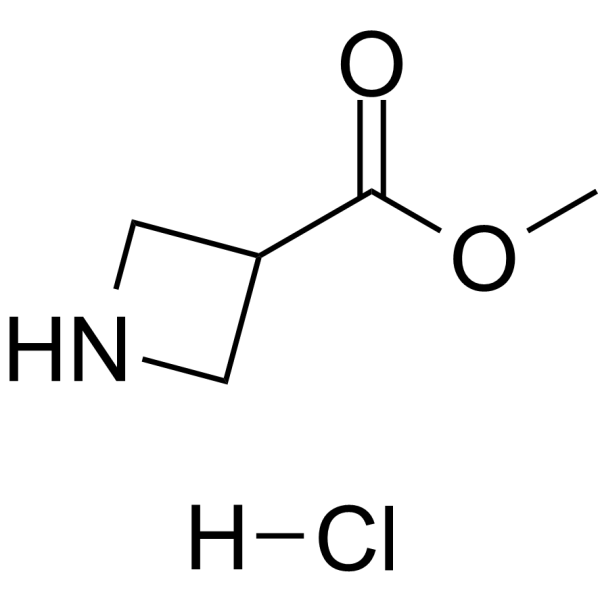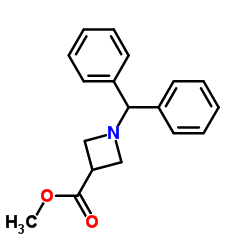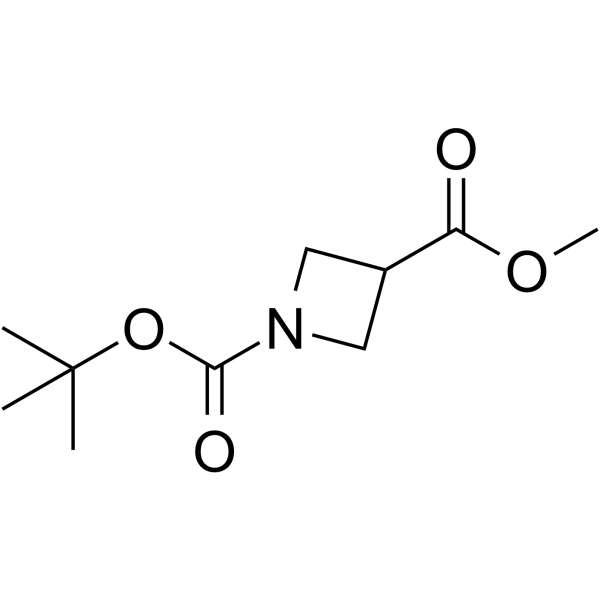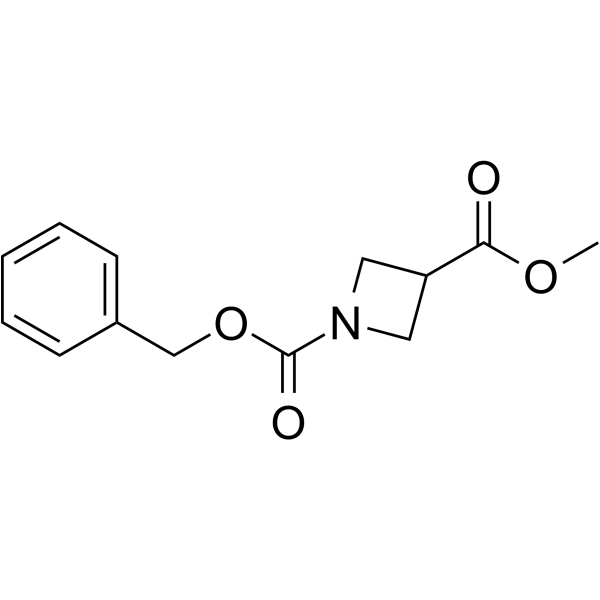100202-39-9
| Name | Methyl azetidine-3-carboxylate hydrochloride |
|---|---|
| Synonyms |
Azetidine-3-carboxylic Acid Methyl Ester Hydrochloride
3-Azetidinecarboxylic acid, methyl ester, hydrochloride (1:1) Methyl 3-azetidinecarboxylate hydrochloride (1:1) Methyl Azetidine-3-carboxylate Hydrochloride Methyl 3-azetidinecarboxylate hydrochloride Methyl azetidine-3-carboxylate hydrochloride (1:1) methyl azetidine-3-carboxylate,hydrochloride methylazetidine-3-carboxylatehydrochloride |
| Description | Methyl azetidine-3-carboxylate hydrochloride is a non-cleavable ADC linker used in the synthesis of antibody-drug conjugates (ADCs). Methyl azetidine-3-carboxylate hydrochloride is also a alkyl chain-based PROTAC linker that can be used in the synthesis of PROTACs< |
|---|---|
| Related Catalog | |
| Target |
Non-cleavable |
| In Vitro | ADCs are comprised of an antibody to which is attached an ADC cytotoxin through an ADC linker[1]. PROTACs contain two different ligands connected by a linker; one is a ligand for an E3 ubiquitin ligase and the other is for the target protein. PROTACs exploit the intracellular ubiquitin-proteasome system to selectively degrade target proteins[2]. |
| References |
| Boiling Point | 190.9ºC at 760 mmHg |
|---|---|
| Melting Point | 93.0 to 97.0 °C |
| Molecular Formula | C5H10ClNO2 |
| Molecular Weight | 151.591 |
| Flash Point | 69.3ºC |
| Exact Mass | 151.040009 |
| PSA | 38.33000 |
| LogP | 0.50960 |
|
~99% 
100202-39-9 |
| Literature: Eisai RandD Management Co., Ltd. Patent: EP1889836 A1, 2008 ; Location in patent: Page/Page column 80 ; |
|
~99% 
100202-39-9 |
| Literature: PFIZER INC.; BROWN, Matthew, Frank; MITTON-FRY, Mark. J.; HAN, Seungil; LALL, Manjinder; PLUMMER, Mark, Stephen; RISLEY, Hud, Lawrence; SHANMUGASUNDARAM, Veerabahu; STARR, Jeremy, T. Patent: WO2012/73138 A1, 2012 ; Location in patent: Page/Page column 55-56 ; WO 2012/073138 A1 |
|
~99% 
100202-39-9 |
| Literature: Pfizer Products Inc. Patent: EP978279 A1, 2000 ; |
| Precursor 3 | |
|---|---|
| DownStream 2 | |
| HS Code | 2933990090 |
|---|---|
| Summary | 2933990090. heterocyclic compounds with nitrogen hetero-atom(s) only. VAT:17.0%. Tax rebate rate:13.0%. . MFN tariff:6.5%. General tariff:20.0% |





